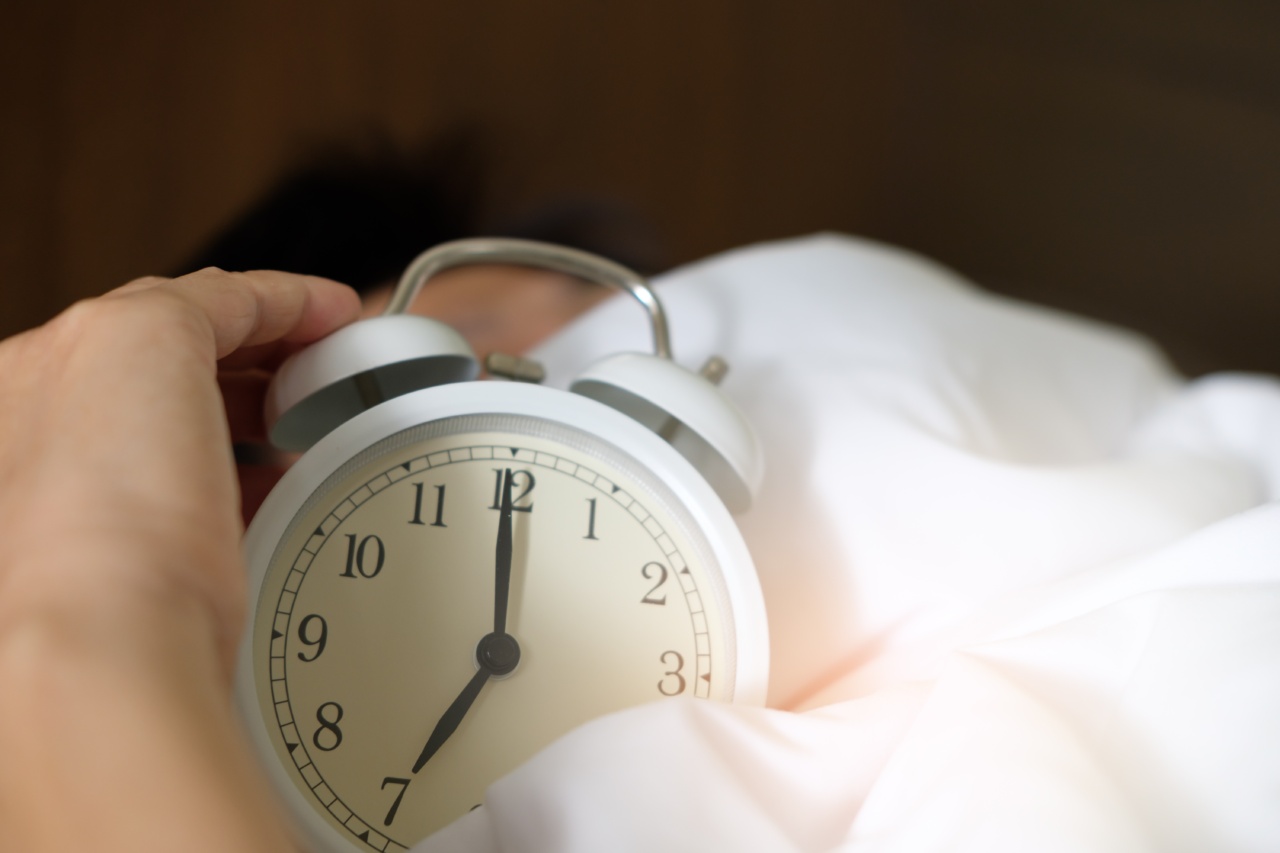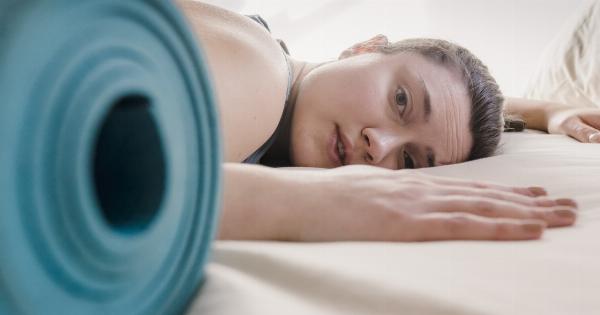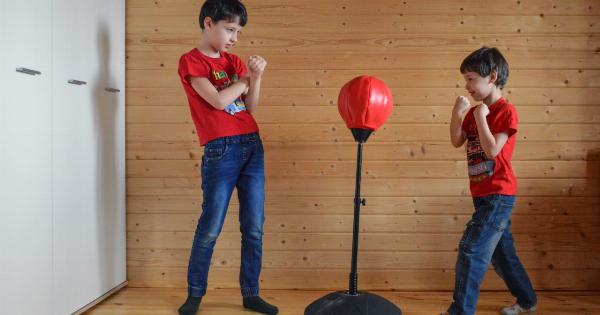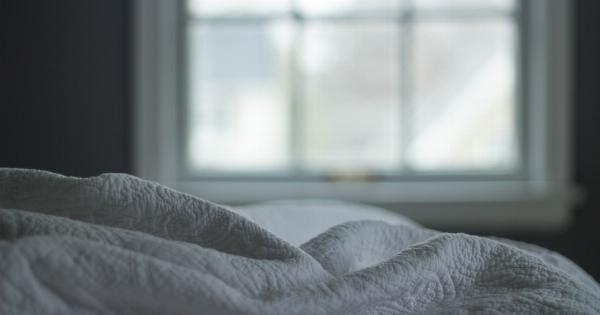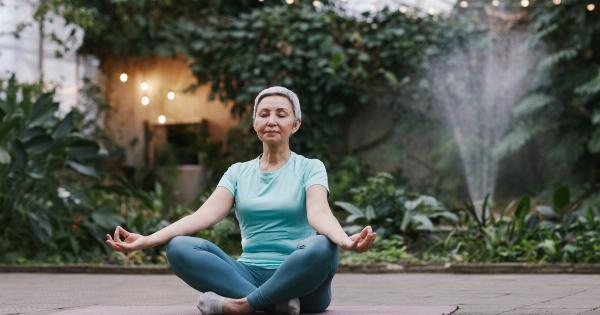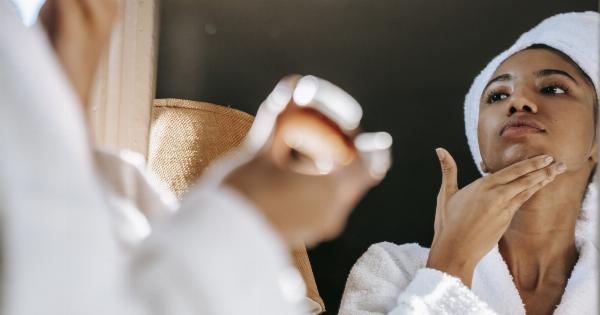Getting enough sleep is crucial for our overall well-being. However, it’s not just about the number of hours we sleep. The timing of our sleep plays a significant role in determining how refreshed and energized we feel throughout the day.
In this article, we will explore the best time to go to sleep and wake up, taking into consideration our natural sleep patterns and how they affect our productivity, health, and mood.
The Science of Sleep
Before we delve into the ideal sleep and wake times, it’s important to understand the science behind sleep. Our sleep patterns are regulated by our internal clock, known as the circadian rhythm.
This biological clock works on a roughly 24-hour cycle and is influenced by external cues such as daylight.
There are two main phases of sleep: Rapid Eye Movement (REM) sleep and non-REM sleep.
REM sleep is associated with vivid dreams and mental restoration, while non-REM sleep is further divided into several stages, each serving different restorative functions for the body.
Understanding the different stages of sleep is essential because waking up during certain stages can lead to grogginess and a lack of energy throughout the day.
The aim should be to wake up at a stage that corresponds to a natural transition point in our sleep cycle.
The Ideal Bedtime
Based on the average sleep cycle, experts recommend going to bed when our body naturally starts to feel tired. This usually occurs around 10 p.m. to 11 p.m. for most adults.
Going to bed within this timeframe allows us to align our sleep schedule with our circadian rhythm, maximizing the quality of our sleep.
However, it’s important to note that individual differences exist. Some people may feel naturally tired earlier or later than the average recommended bedtime. It’s crucial to listen to our body’s signals and adjust accordingly.
The Importance of Consistency
Consistency plays a vital role in optimizing our sleep schedule. Going to bed and waking up at the same time every day helps set our internal clock and establish a routine that promotes healthier sleep patterns.
When we maintain a consistent sleep schedule, our body becomes accustomed to the timings, making it easier to fall asleep and wake up naturally without relying on an alarm clock.
Moreover, consistent sleep patterns enhance the overall quality of our sleep, leading to increased productivity and better mood regulation.
The Role of Natural Light
Natural light exposure is a powerful cue for regulating our sleep-wake cycle. Sunlight contains a high amount of blue light, which suppresses the production of melatonin, the hormone responsible for making us feel sleepy.
To optimize our sleep schedule, it’s beneficial to expose ourselves to natural light in the morning and throughout the day. This exposure helps signal our body that it’s time to be awake and alert.
Similarly, limiting exposure to bright lights, especially blue light emitted by screens, in the evening can facilitate the natural onset of sleep.
Factors to Consider
While the average recommended bedtime falls within the 10 p.m. to 11 p.m. range, it’s essential to consider individual factors that may influence our sleep patterns:.
1. Chronotype: Some individuals are naturally inclined to be early birds (morning chronotypes) or night owls (evening chronotypes). It’s crucial to recognize our chronotype and adjust our sleep schedule accordingly.
2. Job Schedule: Our work schedule may require us to wake up earlier or stay up later than our preferred sleep timings.
In such cases, it becomes even more important to prioritize consistent sleep patterns and ensure we still get the recommended amount of sleep.
3. Lifestyle and Commitments: Factors like exercise routine, family responsibilities, and social commitments should be taken into account when determining the best time to go to sleep and wake up.
It’s important to strike a balance between our sleep needs and other obligations.
Optimizing Productivity and Health
Aligning our sleep schedule with our natural sleep patterns not only improves our energy levels and mood but also enhances productivity and overall health. Here are some additional tips to optimize productivity and health:.
1. Create a Relaxing Bedtime Routine: Develop a consistent pre-sleep routine that signals to your body it’s time to wind down.
This might involve activities such as reading, taking a warm bath, or practicing relaxation techniques like meditation or deep breathing exercises.
2. Avoid Stimulants Before Bed: Stimulants like caffeine and nicotine can interfere with falling asleep. It’s best to avoid these substances in the evening or at least a few hours before bedtime.
3. Maintain a Comfortable Sleep Environment: Make sure your bedroom is conducive to sleep by keeping it dark, quiet, and at a comfortable temperature. Invest in a good mattress, pillows, and bedding to ensure optimal comfort.
4. Limit Screen Time: The blue light emitted by screens can disrupt our sleep patterns by suppressing melatonin production. It’s advisable to limit screen time before bed or use blue light filters on devices.
5. Regular Exercise: Engaging in regular physical activity during the day promotes better sleep at night. However, avoid intense exercise close to bedtime as it may lead to heightened alertness.
Conclusion
Understanding our body’s natural sleep patterns and the impact they have on our well-being is paramount for establishing a healthy sleep schedule. The best time to go to sleep and wake up may vary depending on individual factors.
However, aligning our sleep schedule with our circadian rhythm, maintaining consistency, and optimizing our sleep environment can greatly enhance our sleep quality, productivity, and overall health. A good night’s sleep is the foundation for a successful day ahead.
